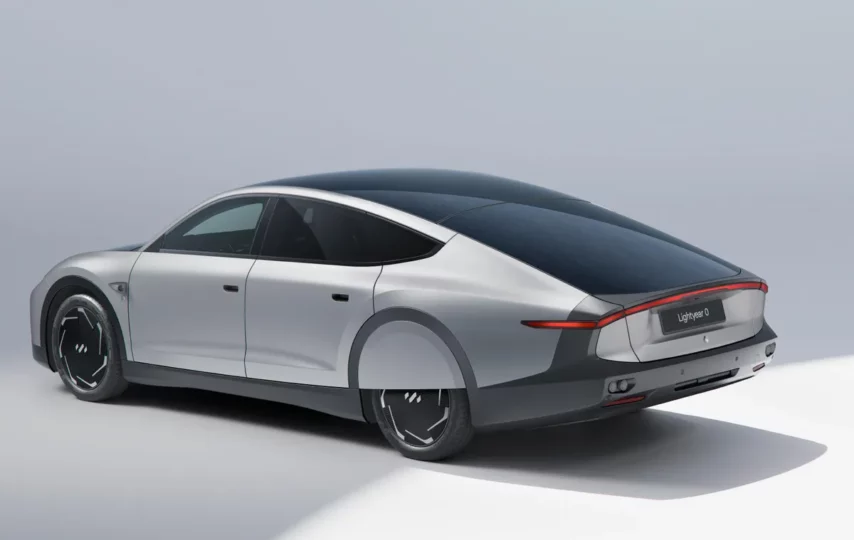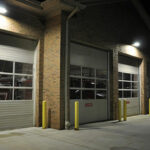As more and more companies look to reduce their carbon footprint and embrace renewable energy, solar car park structures are becoming increasingly popular. These structures provide a way to harness solar energy while also providing shade and protection for vehicles. However, designing and installing solar car park structures is not a simple task. Many factors must be considered to ensure the structures are efficient, effective, and safe. In this article, we will explore some of the key factors that need to be taken into account when designing and installing solar car park structures.
Location And Orientation
The location and orientation of the solar car park structure are critical to its success. The structure must be located in an area that receives plenty of sunlight throughout the day, and there should be no obstructions such as trees or buildings that could block the sun’s rays. The orientation of the structure is also important. Ideally, the solar panels should face south in the northern hemisphere and north in the southern hemisphere to maximize sun exposure. Additionally, the angle of the panels should be optimized for the latitude of the location to ensure maximum energy generation.
Structural Design And Materials
The structural design and materials used for the solar car park structure are also important considerations. The structure must be able to support the weight of the solar panels and withstand the elements, including wind, rain, and snow. The materials used must be durable and resistant to corrosion and weathering. Steel, aluminum, and concrete are popular choices for solar car park structures because of their strength and durability. To ensure compliance and safety, the design must also consider local construction laws and regulations.
Electricity Generation And Distribution
The production of power is the main objective of a solar parking facility. Designing the system for optimal energy generation and efficiency is therefore crucial. It is important to choose solar panels that are efficient, long-lasting, and economical. Throughout the day, including peak demand periods, the system should be planned to maximize energy generation. Additionally, electricity distribution needs to be taken into account. The system must be planned to deliver generated electricity to the grid or the facility it serves as efficiently as possible.
Integration With The Grid Or Facility
The solar car park structure must be designed to integrate seamlessly with the grid or facility it serves. This includes connecting the solar panels to the electrical system of the facility or the local power grid. The system must be designed to ensure that solar-generated electricity is used as efficiently as possible. This may involve the use of battery storage systems to store excess energy generated during peak hours for use during periods of low energy production.
Maintenance And Serviceability
Like any other structure or equipment, solar car park structures require maintenance and service to ensure they continue to function properly. The design should take into account the maintenance requirements of the system, including access for cleaning and maintenance of the solar panels, and the replacement of components as needed. Additionally, the system should be designed to be serviceable, meaning that components can be easily replaced if they fail or become damaged.
Cost And Return On Investment
Finally, the cost and return on investment of the solar car park structure must be considered. The initial cost of the system may be higher than traditional car park structures, but the long-term savings in energy costs can make it a sound investment. The design should take into account the total cost of the system, including the cost of installation, maintenance, and service. A thorough analysis of the potential energy savings should be conducted to determine the return on investment over the lifespan of the structure.
Conclusion
The process of designing and constructing solar car park buildings is intricate and involves careful consideration of numerous elements. Every detail must be meticulously planned and carried out, from the site and orientation of the structure to the materials utilized, the system’s effectiveness, and its integration. By taking into account these elements, businesses may design a solar-powered parking structure that protects and shades cars while simultaneously producing clean, renewable energy. Solar car park structures are gaining popularity as a means of carbon footprint and energy cost reduction for businesses as the globe continues to move toward a more sustainable future.








